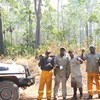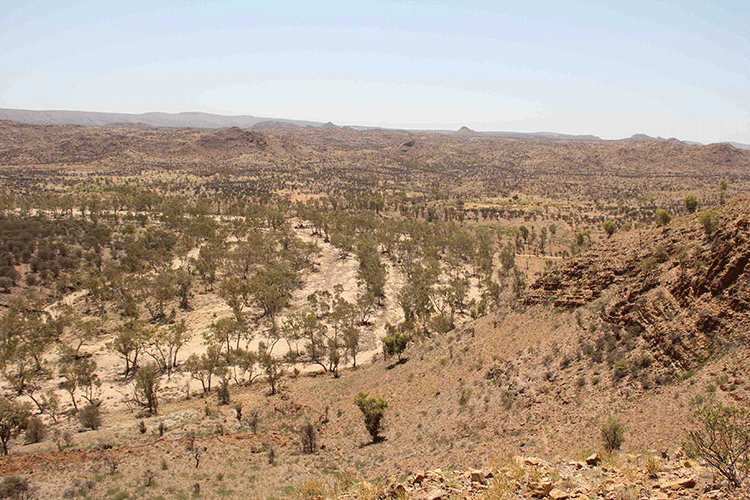
What's the overlap
Wednesday, 07 June 2017Indigenous people govern and manage just over half of all of Australia’s terrestrial land. Are these Indigenous lands important when it comes to conserving threatened species? Dr Anna Renwick led a team of researchers from CSIRO, Charles Darwin University and University of Queensland to carry out this analysis and found the answer was a resounding yes. Here she explains why.
Indigenous land and threatened species conservation
Indigenous lands are extremely important for biodiversity. Compared to the rest of the country, Indigenous lands are largely unmodified and lightly populated. Consequently, on the whole they are ecologically intact and rich in species.
We compared the distributions of 272 threatened native vertebrate species across Australia with the location of various Indigenous land tenures across Australia (see Figure 1). Indigenous land was found to contain almost an equal proportion per hectare of the ranges of threatened vertebrate species as non-Indigenous land. Almost three quarters of Australian threatened vertebrate species have at least part of their range on Indigenous land.
- Almost three quarters of Australian threatened vertebrate species have at least part of their range on Indigenous land
- Indigenous land is essential for the persistence of many threatened vertebrate species
Indigenous land is essential for the persistence of many threatened vertebrate species as they occur predominantly on Indigenous lands or the opportunities for conservation on other parts of their range are limited by threats and human activity. The overlap is especially high for the priority mammals and birds listed in the national Threatened Species Strategy.
Because there is such a high overlap, this analysis highlights the need for an intercultural approach in the challenge of threatened-species conservation on Indigenous land. Indigenous people need to help guide appropriate goals and strategies to develop threatened-species conservation action plans that accommodate different interests.

Finally, this information can assist policy makers to engage strategically with Indigenous people whose land supports large numbers of threatened species and to guide funding programs focused on supporting Indigenous land management.
For further information:
Top Image: Indigenous land in central Australia is home to many threatened species. Image: David Salt.
-
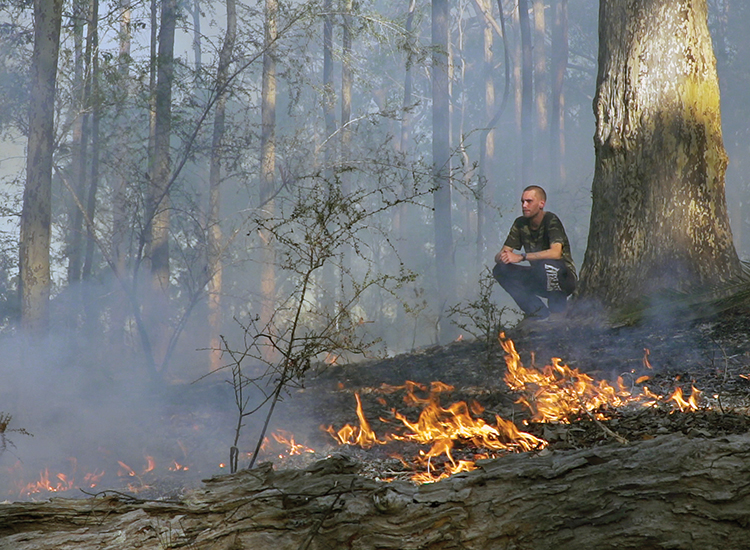
Cultural fire: Listening to and caring for Country with fire
Monday, 31 August 2020 -

Indigenous advisor profile: Oliver Costello - Healing Country with cultural fire
Wednesday, 02 September 2020 -
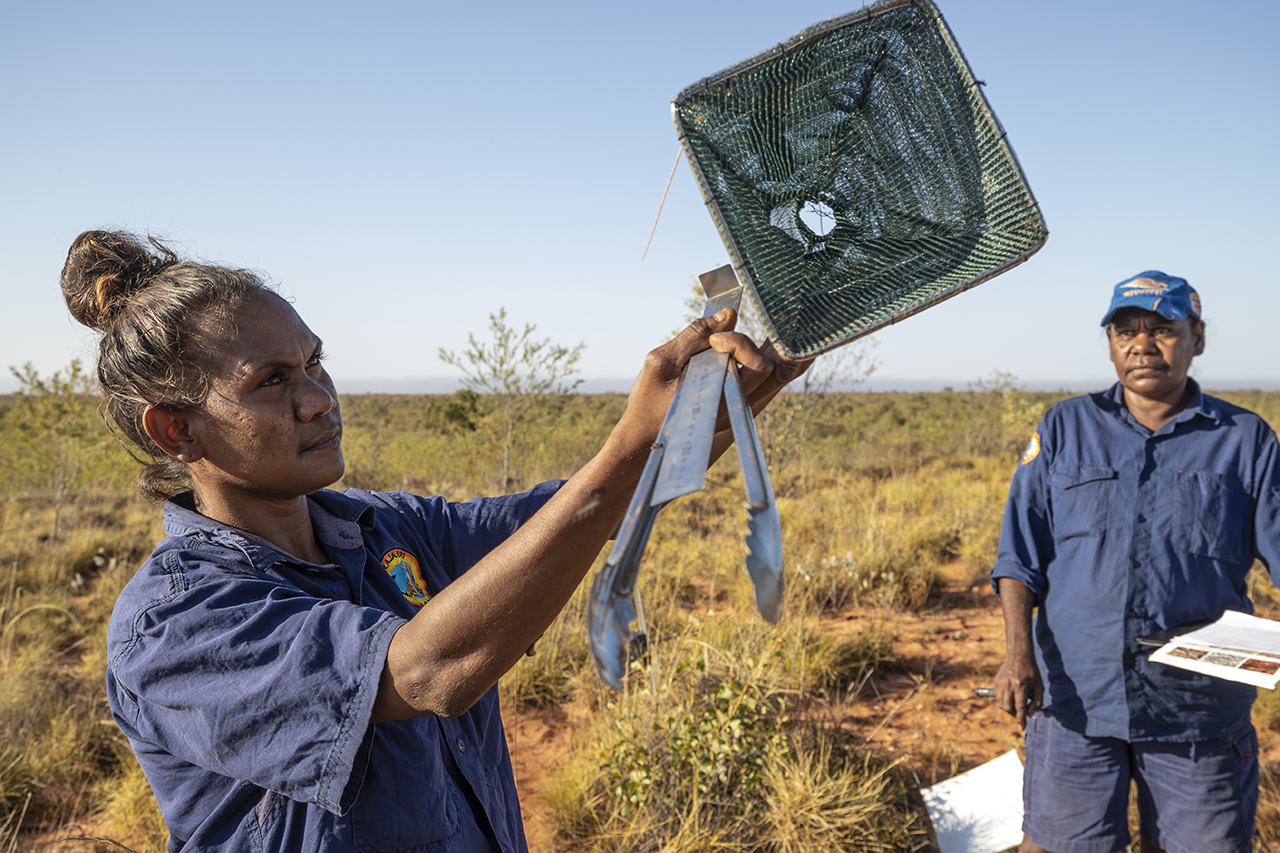
Indigenous Engagement Protocols: Forging respectful, meaningful partnerships for research impact
Wednesday, 21 October 2020 -

Appeasing Bluetongue Managing fire in the Great Sandy Desert
Tuesday, 13 August 2019 -
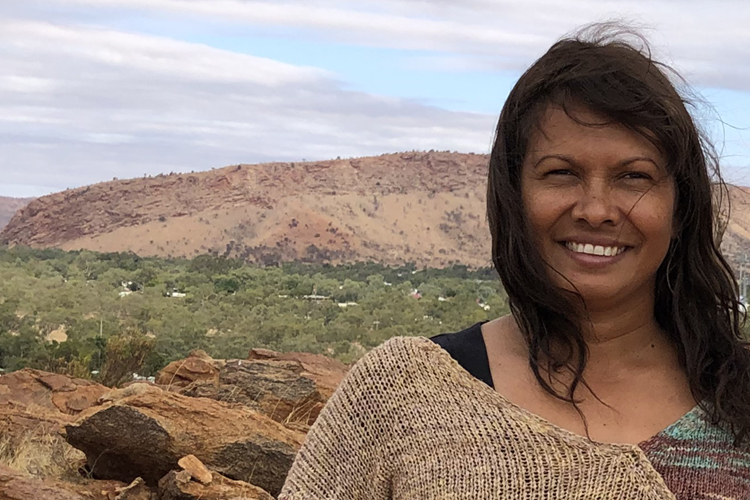
Changing the way research is driven
Tuesday, 13 August 2019 -
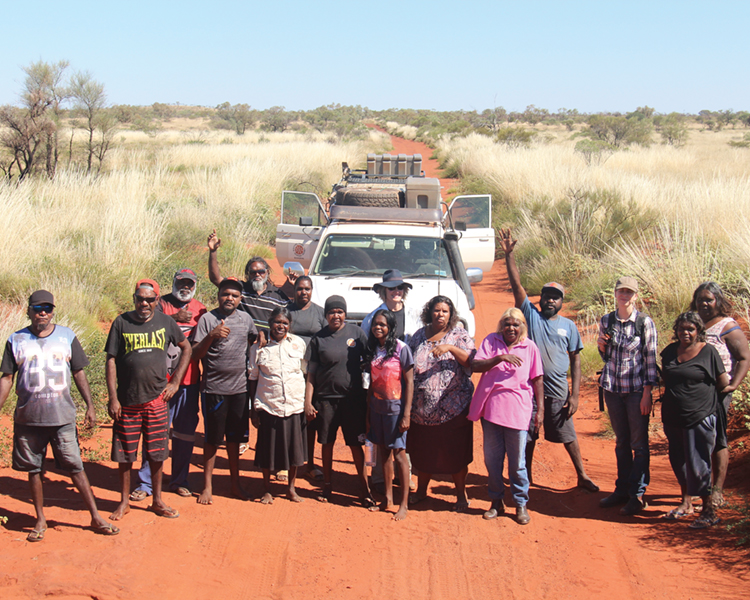
Indigenous engagement vital to saving species
Tuesday, 29 May 2018 -
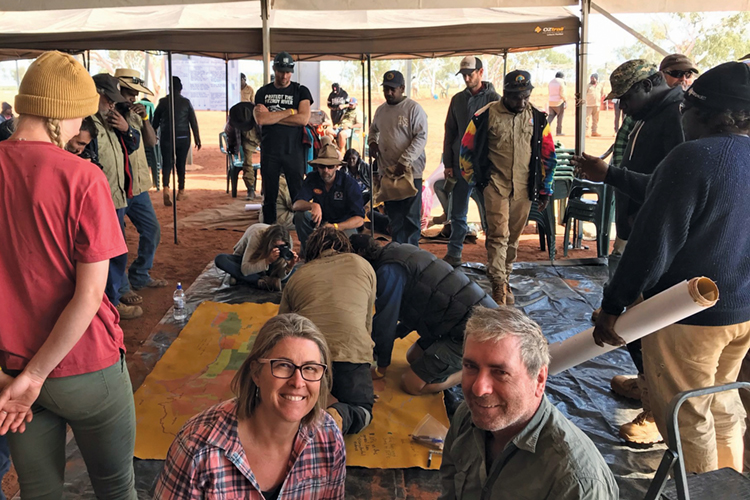
Indigenous people critical for threatened species
Tuesday, 13 August 2019 -
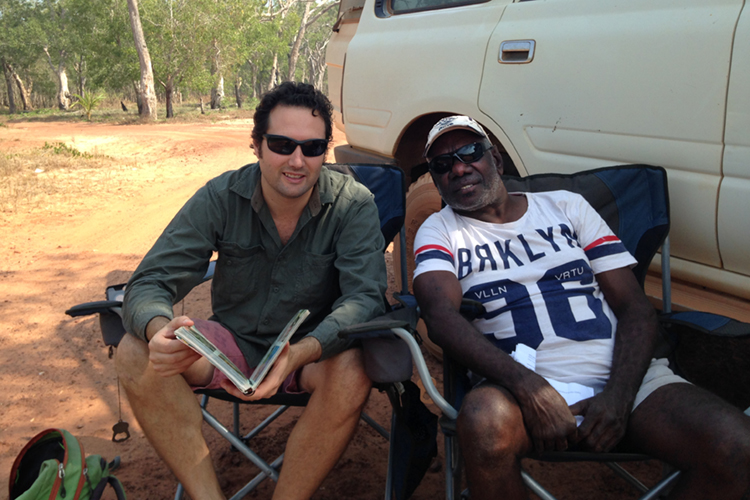
Looking after culturally significant and threatened species on the Tiwi Islands
Tuesday, 20 August 2019 -
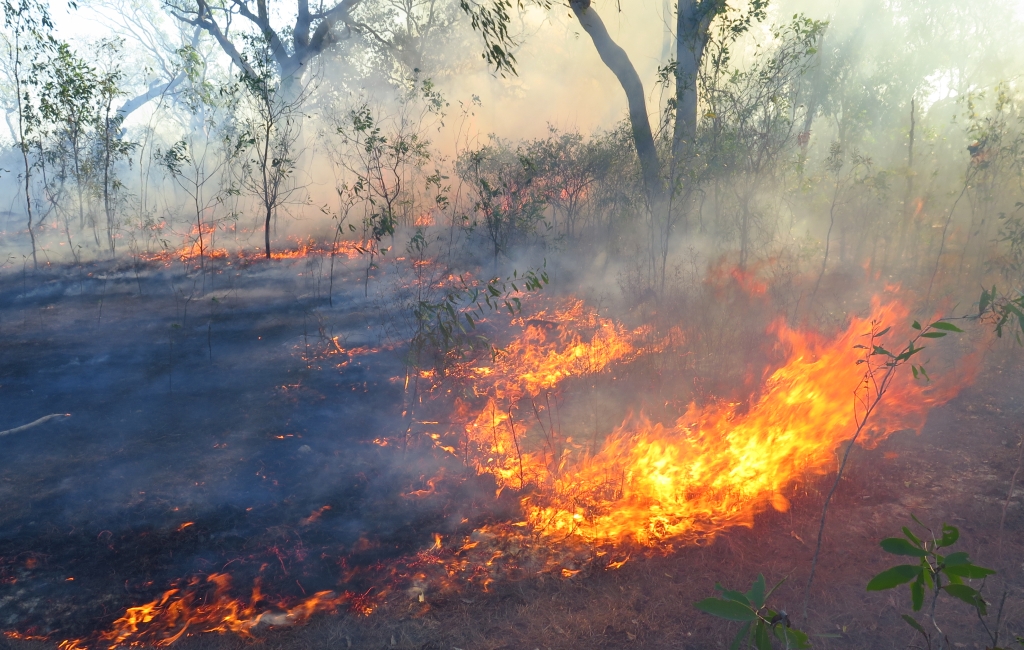
Partnerships with Indigenous communities key for threatened species
Wednesday, 30 March 2016 -
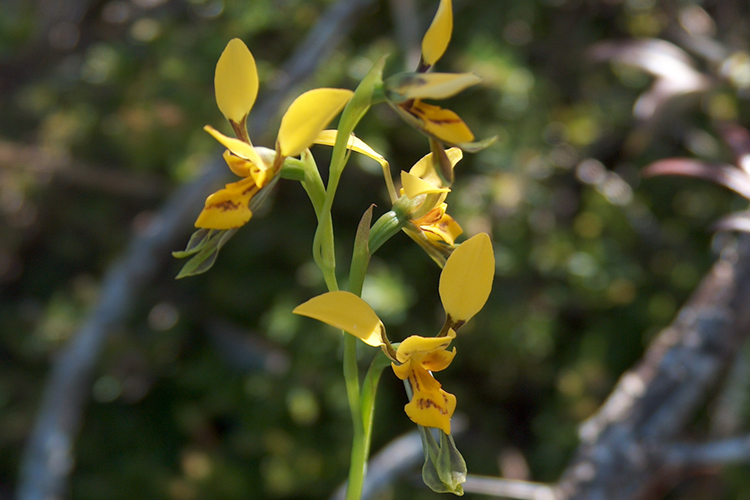
Working together to care for the Byron Bay orchid
Tuesday, 20 August 2019 -

Building collaboration and two-way science
Sunday, 12 December 2021
